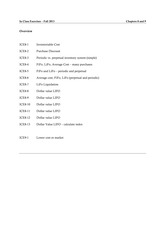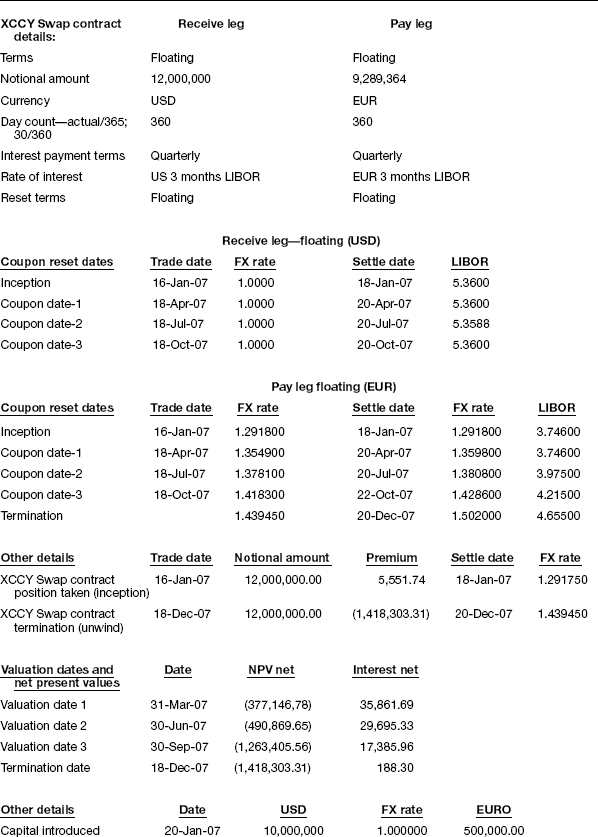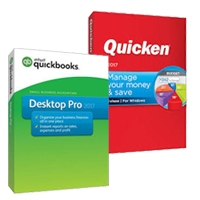
Recall that operating expenses are day-to-day expenses that are incurred by an organization. Often, at the end of the accounting reporting period, expenses have been incurred (happened) but an invoice may not have been received. If an invoice has not been received, it is acceptable to make a reasonable estimate of the expense. With few exceptions, most businesses undergo a variety of changes that require adjustment entries.
They didn’t receive these wages until Jan. 1, because you pay your employees on the 1st and 15th of each month. You can earn our Adjusting Entries Certificate of Achievement when you join PRO Plus. To help you master this topic and earn your certificate, you will also receive lifetime access to our premium adjusting entries materials. These include our visual tutorial, flashcards, cheat sheet, quick tests, quick test with coaching, and more. With NetSuite, you go live in a predictable timeframe — smart, stepped implementations begin with sales and span the entire customer lifecycle, so there’s continuity from sales to services to support. Be aware that there are other expenses that may need to be accrued, such as any product or service received without an invoice being provided.
This type of entry is more common in small-business accounting than accruals. However, if you make this entry, you need to let your tax preparer know about it so they can include the $1,200 you paid in December on your tax return. Remember, we are making these adjustments for management purposes, not for taxes.
Deferrals
The depreciation of fixed assets, for example, is an expense which has to be estimated. Watch the pay periods (weekly, bi-weekly, semi-monthly, monthly). Also watch for how the employees are paid (current or in arrears). The employees are normally paid weekly, on Friday for work completed on that Friday (in other words, employees are paid current). That means, we have expenses for Monday and Tuesday that has to be accrued. Our employees worked and generated revenue, so we must match the expense incurred for the revenue generated.
The Wages and Salaries Payable account is a liability account on your balance sheet. When you actually pay your employees, the checking account for the business — also on the balance sheet — is impacted. But when you record accrued expenses, a liability account is created and impacted with your adjusting entry. For the company’s December income statement to accurately report the company’s profitability, it must include all of the company’s December expenses—not just the expenses that were paid. Similarly, for the company’s balance sheet on December 31 to be accurate, it must report a liability for the interest owed as of the balance sheet date. An adjusting entry is needed so that December’s interest expense is included on December’s income statement and the interest due as of December 31 is included on the December 31 balance sheet.
Intermediate Financial Accounting 1
The income statement portion must be removed from the asset (balance sheet) account by an adjusting entry. Unearned revenues are payments for goods/services that are yet to be delivered. For example, if you place an order in January, but it doesn’t arrive (and you don’t make the payment) until January, the company that you ordered from would record the cost as unearned revenue. Then, in the month you make the purchase, an adjusting entry would debit unearned revenue and credit revenue. This adjusting entry transfers $1000 from the Prepaid Expenses asset account to the Insurance Expense expense account to properly record the insurance expense for the month of September.
How Should I Play Metal Gear Solid Series – J Station X – J Station X
How Should I Play Metal Gear Solid Series – J Station X.
Posted: Sat, 19 Aug 2023 14:07:23 GMT [source]
The way you record depreciation on the books depends heavily on which depreciation method you use. Considering the amount of cash and tax liability on the line, it’s smart to consult with your accountant before recording any depreciation on the books. To get started, though, check out our guide to small business depreciation. In a periodic inventory system, an adjusting entry is used to determine the cost of goods sold expense. This entry is not necessary for a company using perpetual inventory. A third classification of adjusting entry occurs where the exact amount of an expense cannot easily be determined.
Types of Adjusting Entries
The adjusting entry, therefore, shows that money has been officially transferred. In most cases, it’s not possible to remain in compliance with accounting standards – such as the International Financial Reporting Standards (IFRS) – without using adjusting entries. Prior to producing financial statements, the accountant must search for all such changes that have been omitted.

Any remaining balance in the Prepaid Rent account is what you have left to use in the future; it continues to be an asset since it is still available. The adjusting entry ensures that the amount of insurance expired appears as a business expense on the income statement, not as an asset on the balance sheet. Deferrals are adjusting entries for items purchased in advance and used up in the future (deferred expenses) or when cash is received in advance and earned in the future (deferred revenue). Deferrals are adjusting entries that update a previous transaction.
Adjusting Entries: A Simple Introduction
This is posted to the Supplies T-account on the credit side (right side). You will notice there is already a debit balance in this account from the purchase of supplies on January 30. The $100 is deducted from $500 to get a final debit balance of $400.
The adjusting entry will debit Interest Expense and credit Interest Payable for the amount of interest from December 1 to December 31. After you prepare your initial trial balance, you can prepare and post your adjusting entries, later running an adjusted trial balance after the journal entries have been posted to your general ledger. The purpose of adjusting entries is to ensure that your financial statements will reflect accurate data. At the end of an accounting period during which an asset is depreciated, the total accumulated depreciation amount changes on your balance sheet.
Unit 4: Completion of the Accounting Cycle
This is posted to the Unearned Revenue T-account on the debit side (left side). You will notice there is already a credit balance in this account from the January 9 customer payment. The $600 debit is subtracted from the $4,000 credit to get a final balance of $3,400 (credit). This is posted to the Service Revenue T-account on the credit side (right side). You will notice there is already a credit balance in this account from other revenue transactions in January. The $600 is added to the previous $9,500 balance in the account to get a new final credit balance of $10,100.
- If adjusting entries are not made, those statements, such as your balance sheet, profit and loss statement, (income statement) and cash flow statement will not be accurate.
- However, crediting the Plant and Equipment asset account is incorrect.
- Let’s pause here for a moment for an explanation of what happened “behind the scenes” when you made your insurance payment on Dec. 17.
- When a payment is received from a customer for services that will be provided in a future accounting period, an unearned revenue account is credited (cash is debited) to recognize the obligation that exists.
Depreciation adjusting entries are slightly different, as you’ll need to consider accumulated depreciation (i.e., the accumulated depreciation of assets over the company’s lifetime). Essentially, from the point at which the asset is purchased, it depreciates by the same amount each month. For that month, a depreciation adjusting entry is made, debiting depreciation expense and crediting accumulated depreciation. When you record an accrual, deferral, or estimate journal entry, it usually impacts an asset or liability account. For example, if you accrue an expense, this also increases a liability account. Or, if you defer revenue recognition to a later period, this also increases a liability account.
What is the purpose of basic accounting adjusting entries?
If so, the end of the year is a good time to make an adjusting entry in your general journal to write off any worthless accounts. The $100 balance in the Taxes Expense account will appear on the income statement at the end of the month. The remaining $1,100 in the Prepaid Taxes account will appear on the balance sheet.

The same principles we discuss in the previous point apply to revenue too. You should really be reporting revenue when it’s earned as opposed to when it’s received. The Vehicles account is a fixed asset account on your balance sheet.
How to Prepare an Adjusted Trial Balance for Your Business – The Motley Fool
How to Prepare an Adjusted Trial Balance for Your Business.
Posted: Wed, 18 May 2022 16:54:21 GMT [source]
Office supplies are a good example, as they’re depleted throughout the month, becoming an expense. Essentially, in the month that the expense is used, an adjusting entry needs to be made to debit the expense account and credit the prepaid account. Adjusting entries are accounting journal entries that convert a company’s accounting records to the accrual basis of accounting. An adjusting journal entry is typically made just prior to issuing a company’s financial statements. A contra account is an account that is related to another account and typically has an opposite normal balance that is subtracted from the balance of its related account on the financial statements.
Assuming the dividend will not be paid until after year-end, an adjusting entry needs to be made in the general journal. An accrued expense is an expense that has been incurred (goods or services have been consumed) before the cash payment has been made. Examples include utility bills, salaries and taxes, which are usually charged in a later period after they have been incurred. A fixed asset is a tangible/physical item owned by a business that is relatively expensive and has a permanent or long life—more than one year. Examples are equipment, furnishings, vehicles, buildings, and land.
